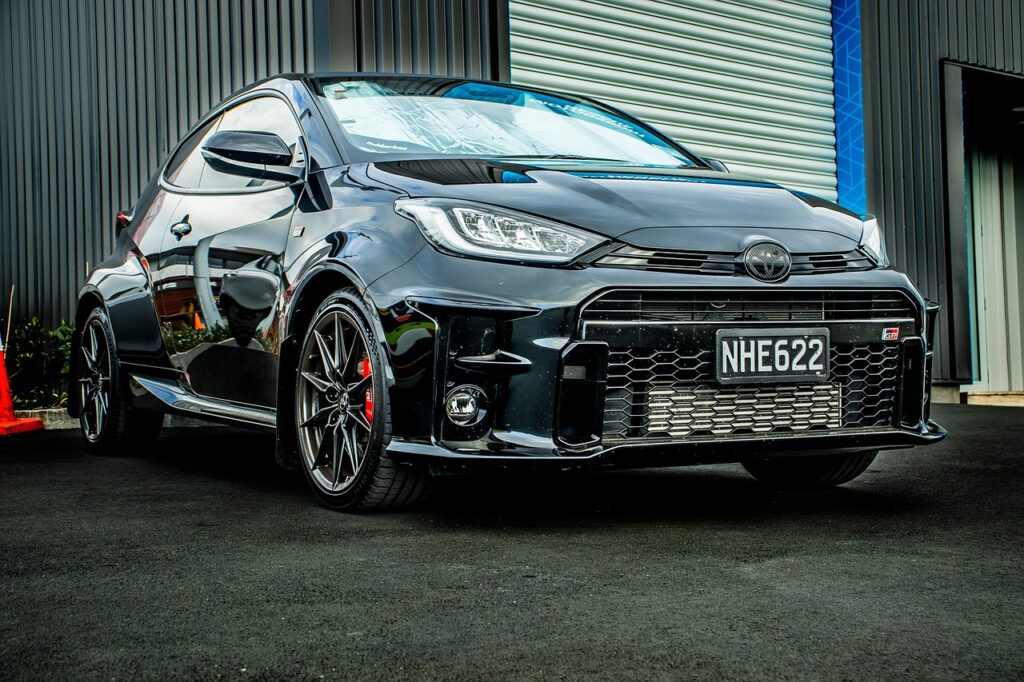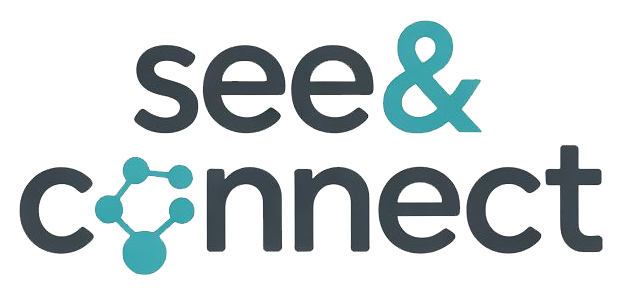
Toyota: From Japan, now a Powerhouse in Indonesia
Toyota Indonesia recently received an award from the Ministry of Trade after surpassing 3 million cumulative car exports, with 218,162 units exported between January and September 2025 alone. During this period, SUVs accounted for around 36% of total exports, MPVs 35%, compact models 22%, and electrified vehicles, including hybrids, about 7%.
What’s remarkable is that Toyota, a Japanese brand, has become one of Indonesia’s biggest export powerhouses. How did this happen?
Product Diversification and Market Adaptability
One key factor behind Toyota Indonesia’s export strength lies in its diversified product lineup from MPVs and SUVs to compact models and hybrid vehicles, that fits different needs and markets. This diversity allows Toyota to serve over 100 countries. Being diversified means the brand can quickly adjust production and export focus depending on global demand, reducing reliance on any single model or region — a key advantage in today’s uncertain global market.
Diversified Promotion and Digital Adaptation
Another reason behind the brand’s resilience is how it adapted its marketing and customer engagement strategy during the COVID-19 pandemic. When physical events were restricted, Toyota turned to digital platforms to stay connected with consumers. Initiatives like the Live Showroom and Virtual Expo allowed customers to explore vehicle features and even purchase cars online — all without visiting a showroom. This “contactless experience” helped maintain sales during lockdowns and built a foundation for ongoing digital-driven promotion, supporting export growth globally.
Strategic Location and Government Support
Toyota Indonesia’s growth is also supported by its strategic location and strong government backing. The company plans to make Indonesia a regional hub for R&D and a key export base for the Global South, leveraging a large, young, and skilled workforce. Collaborations with institutions like Institut Teknologi Bandung (ITB) on future fuels and sustainable automotive technologies show how Toyota is integrating local talent and partnerships to strengthen production and export capabilities. With over 80% local content and a workforce of more than 360,000, Indonesia is now a model for combining location, human resources, and government support to accelerate growth in conventional and electrified vehicle exports.
Conclusion
Toyota Indonesia’s export milestone shows how a foreign brand can become a local powerhouse through diverse products, innovative promotion, and strategic location with government support. For vendors and partners, the takeaway is clear: aligning with companies that adapt to market needs, leverage digital tools, and integrate with local talent and policies creates opportunities to participate in a growing export ecosystem.
As Toyota continues to expand both conventional and electrified vehicle exports, Indonesia’s automotive supply chain and partner network stand to benefit — making now an ideal time to engage, collaborate, and grow alongside this global export leader.
Take the Next Step
Just like Toyota leverages strategy, partnerships, and local networks to succeed globally, your business can tap into new markets and collaboration opportunities. Our company has helped numerous clients expand overseas and connect with reliable partners, turning export potential into tangible growth.
If you’re looking to explore new markets or strengthen your supply chain, get in touch with us today — and let’s create your next success story together.
Related Articles
Recent Posts
- Forever 21 Exits Japan for the Third Time
- From Niche to Mainstream: How Singapore Businesses Are Riding the Anime Boom
- Why Toyota Indonesia succeeded as an Export Powerhouse
- Smart Elderly Care Spending: How Businesses Can Help Seniors Avoid Wasteful Costs
- From Singapore to Southeast Asia: Singaporean F&B Brands and the Overseas Expansion Imperative








